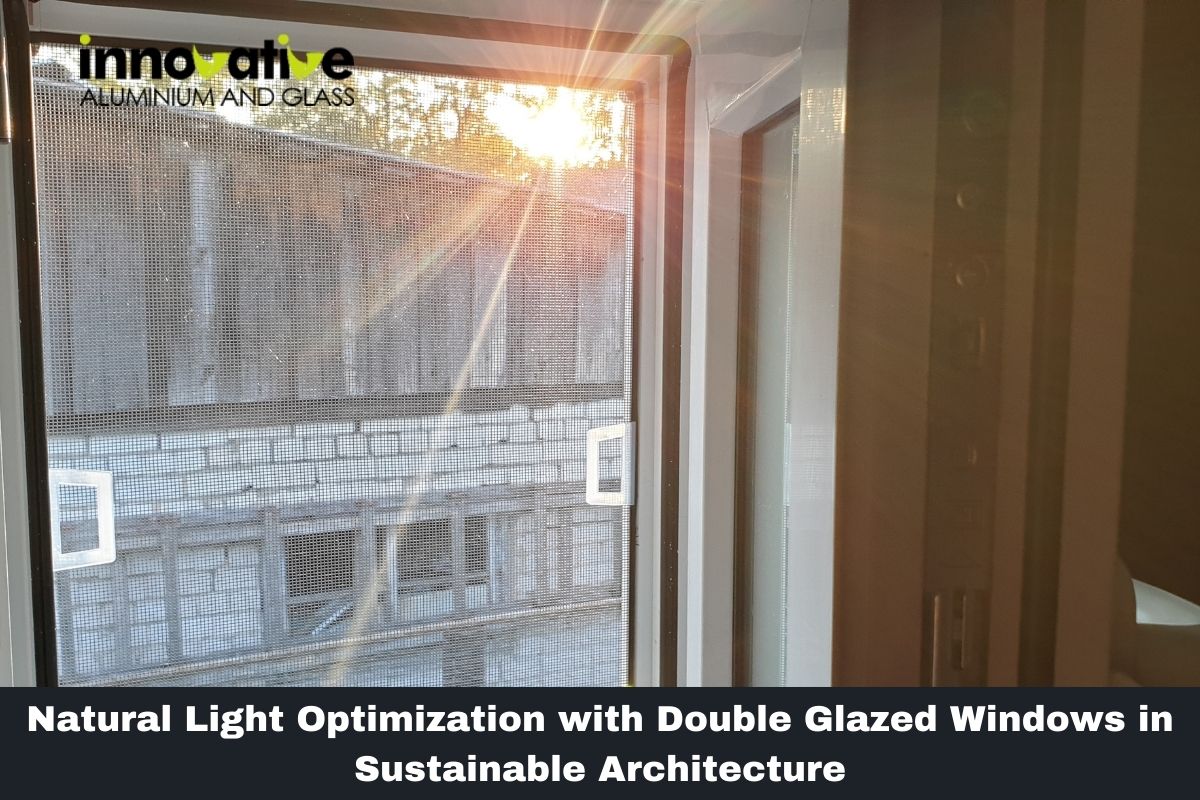
Harnessing Natural Light: The Key to Luminous Spaces
Natural light is a powerful element in interior design, capable of transforming spaces by infusing them with warmth, vibrancy, and a sense of openness. Understanding how to optimize natural light within your home can greatly enhance its ambiance and functionality.
Orientation and Architectural Considerations
The orientation of a building plays a crucial role in natural light optimization. Understanding the sun’s path throughout the day allows for strategic positioning of windows, skylights, or light wells to capture the maximum amount of sunlight.
Amplifying Light with Reflective Surfaces
Incorporating reflective surfaces can amplify natural light. Mirrors, glossy finishes, or metallic accents strategically placed in rooms can bounce light around, creating a brighter and more luminous atmosphere.
Window Treatments for Light Control
Choosing the right window treatments is essential. Sheer curtains, light-colored blinds, or adjustable shutters allow for light control, enabling you to regulate the amount of natural light while preserving privacy and ambiance.
Open Floor Plans and Light Flow
Open floor plans facilitate the flow of natural light. Removing unnecessary partitions or using transparent dividers allows light to penetrate deeper into the space, creating a more unified and naturally illuminated environment.
Maximizing Daylight Hours
Maximizing daylight hours is crucial for natural light optimization. Placing workspaces, reading nooks, or commonly used areas closer to windows ensures that these spaces benefit from ample natural light during the day.
Utilizing Light Tubes and Skylights
Light tubes and skylights are effective ways to introduce natural light into interior spaces. These design elements capture and funnel natural light from the roof or exterior, illuminating darker areas within the home.
Nature-Inspired Interior Elements
Incorporating nature-inspired interior elements enhances natural light. Using materials like light-toned wood, natural stone, or plants not only complements natural light but also adds to the overall ambiance.
White and Light Color Palettes
Light color palettes amplify natural light. Opting for white or light-colored walls, ceilings, and furnishings reflects and diffuses light, making spaces appear larger and more radiant.
Harmonizing Artificial Lighting
Artificial lighting should complement natural light. Using layered lighting with dimmers, warm-toned bulbs, and fixtures strategically placed in darker areas ensures a balanced and inviting ambiance even during evening hours.
Conclusion
Optimizing natural light within your home is a transformative design choice. By leveraging architectural considerations, strategic design elements, and thoughtful planning, you can create spaces that exude a bright, airy, and welcoming atmosphere.



